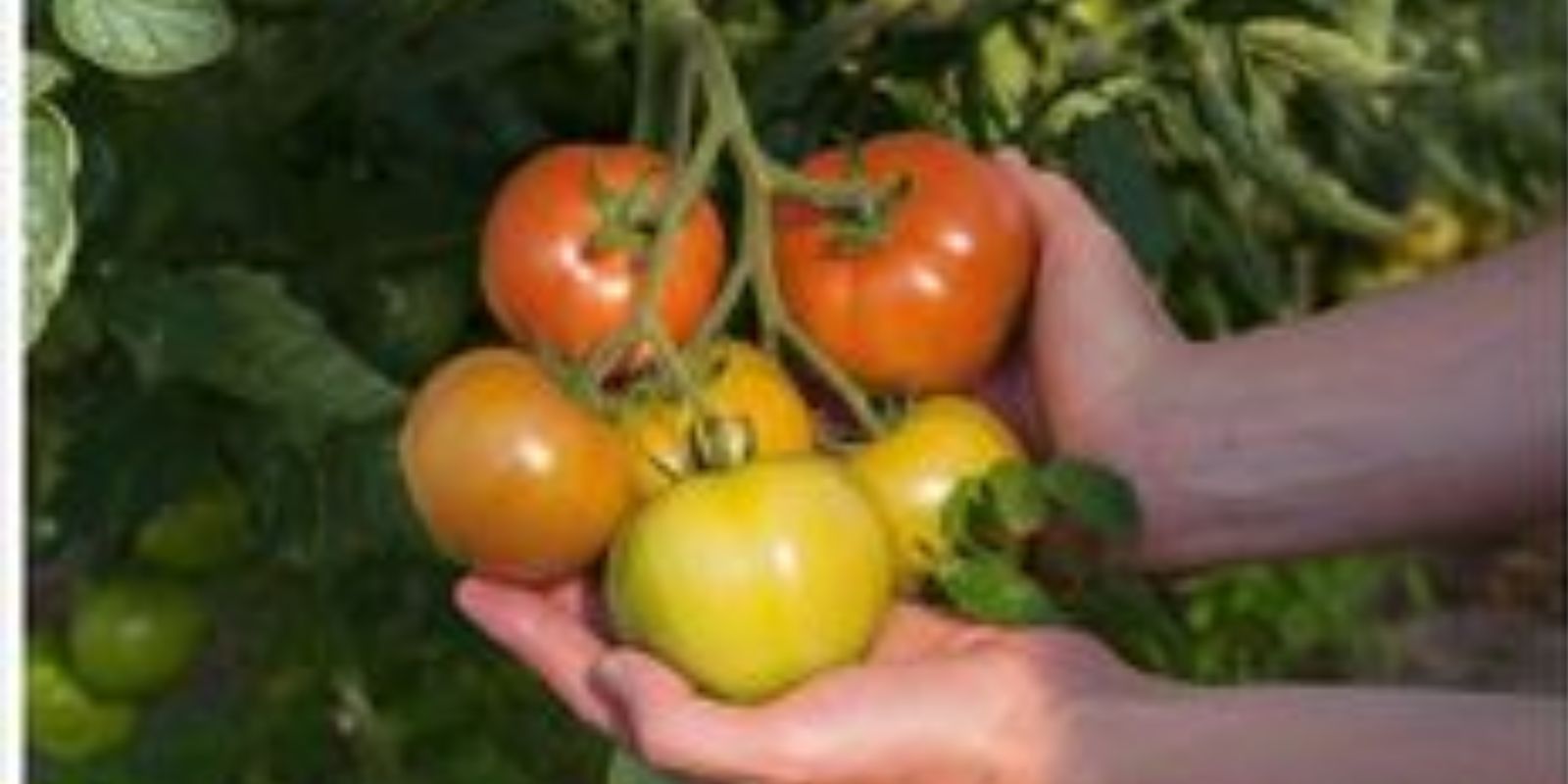Achieving an early tomato harvest is a gratifying goal for gardeners eager to enjoy fresh, home-grown tomatoes as soon as possible in the growing season. By selecting fast-growing tomato varieties specifically bred for early maturity, you can significantly reduce the wait time from planting to picking. This article outlines the steps and considerations for successfully growing fast-maturing tomatoes, helping you bring delicious tomatoes to your table sooner.
Choosing Fast-Growing Tomato Varieties
Selecting the right tomato varieties is the first step towards achieving an early harvest. Fast-maturing tomato varieties are typically categorized as “early,” “early-maturing,” or “early-season.” These varieties are bred to produce fruit in a shorter time frame compared to standard varieties.
- Popular Early-Maturing Varieties:
- Early Girl: Known for its quick maturity and delicious flavor, Early Girl tomatoes are a popular choice among gardeners.
- Celebrity: This variety produces medium-sized fruits early in the season and is resistant to many diseases.
- Fourth of July: True to its name, Fourth of July tomatoes yield ripe fruit by early July in many climates.
- Stupice: A cold-tolerant variety that matures quickly, making it suitable for cooler climates.
- Bush Early Girl: Compact and perfect for containers, Bush Early Girl offers early harvests with the convenience of a bush-type plant.
- Consider Your Climate: Choose varieties that are well-suited to your local climate and growing conditions. Some varieties perform better in cooler climates, while others thrive in warmer regions.
Steps to Grow Fast-Growing Tomatoes
Follow these steps to maximize the growth and productivity of your early-maturing tomato plants:
1. Start Seeds Indoors
Starting tomato seeds indoors gives your plants a head start and allows you to control their environment during the early stages of growth.
- Timing: Begin sowing tomato seeds indoors 6-8 weeks before the last expected frost date in your area.
- Seedling Care: Use seedling trays or pots filled with a seed-starting mix. Keep the soil consistently moist and provide ample light (12-16 hours per day) to promote strong, healthy seedlings.
2. Provide Optimal Growing Conditions
Creating ideal growing conditions ensures that your tomato plants thrive and develop quickly.
- Temperature: Maintain a consistent temperature of 70-80°F (21-27°C) for optimal seed germination and seedling growth.
- Lighting: Place seedlings in a sunny location or use grow lights to provide adequate light. Tomatoes require full sun (6-8 hours daily) for best growth and fruit production.
3. Harden Off and Transplant
Before transplanting seedlings outdoors, gradually acclimate them to outdoor conditions through a process called hardening off.
- Gradual Exposure: Over the course of 7-10 days, expose seedlings to outdoor conditions for increasing periods each day.
- Transplanting: Plant tomato seedlings in well-amended soil after the danger of frost has passed and soil temperatures have warmed to at least 60°F (16°C).
4. Watering Practices
Consistent and adequate watering is crucial for healthy tomato plants and early fruit development.
- Watering Schedule: Keep the soil consistently moist but not waterlogged. Water deeply at the base of the plants, preferably in the morning, to allow foliage to dry before evening.
- Mulching: Apply mulch around tomato plants to retain soil moisture, suppress weeds, and regulate soil temperature. Organic mulches like straw or shredded leaves work well.
5. Provide Support
Supporting tomato plants ensures they grow upright and reduces the risk of fruit rot and disease.
- Staking: Use sturdy stakes or tomato cages to support plants as they grow. Secure tomato vines to the stakes or cages with soft ties to prevent damage.
- Pruning: Remove suckers (small shoots that form in the leaf axils) to promote airflow and redirect energy into fruit production.
6. Fertilization
Tomatoes are heavy feeders and benefit from regular fertilization to support vigorous growth and fruit development.
- Fertilizer Type: Use a balanced fertilizer or organic alternatives such as compost tea or fish emulsion.
- Application: Apply fertilizer according to package instructions, typically every 2-3 weeks during the growing season. Avoid over-fertilizing, which can lead to excessive foliage growth at the expense of fruit production.
7. Pest and Disease Management
Monitor tomato plants regularly for signs of pests and diseases, which can impact plant health and fruit yield.
- Common Pests: Aphids, tomato hornworms, and whiteflies are common tomato pests. Use insecticidal soap or organic pesticides to control infestations.
- Disease Prevention: Practice crop rotation, avoid overhead watering, and provide adequate spacing between plants to reduce the risk of fungal diseases like early blight and powdery mildew.
Conclusion
Growing fast-maturing tomato varieties allows you to enjoy ripe, flavorful tomatoes earlier in the season. By selecting appropriate varieties, starting seeds indoors, providing optimal growing conditions, and implementing good cultural practices like watering, fertilizing, and pest management, you can maximize the productivity of your tomato plants. Whether you’re a novice gardener or an experienced enthusiast, these steps will help you achieve success in growing early tomatoes. Get started today and savor the rewards of home-grown tomatoes sooner than you think! Happy gardening! 🍅🌱

